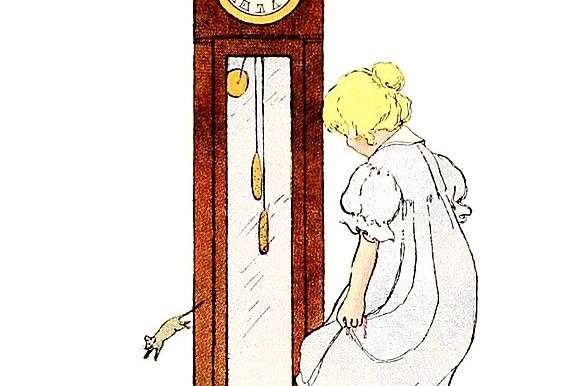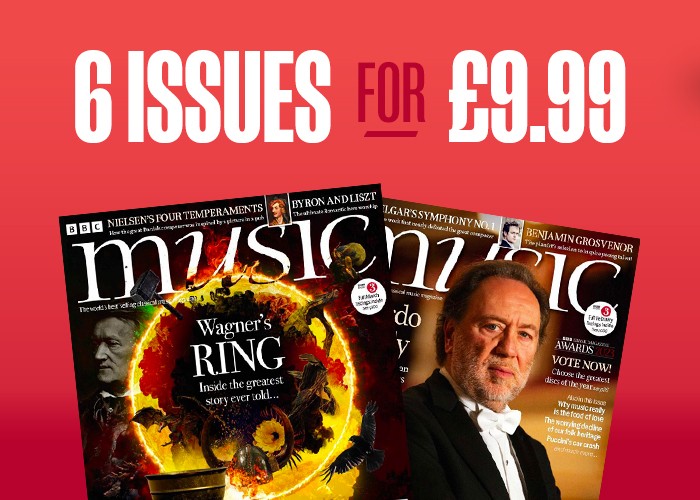Counting songs: 10 of the best
Our round up of the 10 most popular and famous counting songs

Counting songs have been used for centuries to introduce children to numbers and the rudiments of addition, but which are the most famous counting songs? And what are the stories behind them? Here is our top ten list.
Best counting songs
1.‘Ten Green Bottles’
Like many folk songs, this popular ditty about ten falling green bottles is of uncertain origin. Some say it came from Yorkshire. Another suggestion is that ‘green bottles’ is 19th century slang for the officers of the Metropolitan Police.
Intriguing as this sounds, in September 1998, a French academic found a fragment of an English manuscript, apparently dating from the late 14th century, which read: ‘Syxthene boetell gryne Yhangen, Yhangen Yhangen, Yhangen Syxthene boetell gryne Doonfal won Syxthene boetell gryne Yhangen, Yhangen’. So the jury’s out.
2. ‘One, Two, Buckle My Shoe’
This traditional nursery rhyme One, Two, Buckle My Shoe’ is often used to teach young children how to count from one to ten. It was first published in ‘Songs for the Nursery’, published in London in 1805, however it dates at least as far back as the late 18th century and was definitely heard around 1780 somewhere around Wrentham, Massachusetts.
3. ‘Five Little Ducks’
A mother duck takes her brood out swimming each day, and comes back in the evening with one fewer duckling. Taken at face value, this is one of the most tragic nursery rhymes you’ll ever hear. And even at a metaphorical level, it tells a poignant story about children growing up and leaving the family nest. That said, it’s a great way of teaching young kids to count.
4. ‘This Old Man’
Though first published in 1906, the song ‘This Old Man’ - in which each verse introduces a new item carried around by ‘this old man’ - almost certainly dates back a lot further than that. One theory is that it originates from the time of the Irish potato famine, when many Irish men (referred to as ‘Paddies’ in English slang) became tinkers, selling pots, pans, cutlery and other ‘knick-knacks’ door to door in England. Many were sent on their way, traditionally in a caravan on wheels that was pulled by a horse - hence 'rolling home’.
5. ‘The Twelve Days of Christmas’
It may not be Christmas right now, but it’s still worth mentioning this catchy carol, which involves counting up to twelve, as each verse introduces a new gift from the singer’s true love.
First published in a 1780 children’s book called Mirth With-out Mischief, 'The Twelve Days of Christmas’ was apparently designed as a ‘Memory and Forfeits’ game, in which participants would be asked to recall the lyrics and had to give their opponents a kiss or pay some other forfeit if they got them wrong.
The version most of us know, though, was written in 1909 by the English composer Frederic Austin, whom we can credit with that distinctive drawn-out flourish on ‘Five Gooo-oooold Riiiiiiiiings.’
We named 'The Twelve Days of Christmas’ one of the best Christmas songs of all time
6.‘Five Little Monkeys’
Some speculate that this nursery rhyme, in which each little monkey jumps off a bed and bumps their head, descends from ‘Shortnin’ Bread’, a 19th century African American plantation song. Others argue that the lyrics - though innocent in their modern form - originally included the n-word instead of ‘monkeys’, which is why it was controversially banned from a publicly funded children’s reading scheme in Scotland earlier this year.
7. ‘Ten in the Bed’
There’s no concrete information about the origins of this song. And, unlike others on this list, it doesn’t have much of a deeper significance. One could say something about sibling rivalry or the hardship of having to share a bed with ten people. Most likely it’s just a creative way of teaching children to count backwards from ten. It also inspired a loveable 1988 picture book of the same name, written and illustrated by Penny Dale.
More like this
8. '12345. Once I caught a Fish Alive'
First recorded around 1765 in Mother Goose's Melody - a collection of nursery rhymes throughout history - this song did not originally say anything about fish. Instead it talked about catching a hare alive, and, for all that it’s only one verse long, it took over a hundred years to evolve into its current version.
9. Ants Go Marching
This song - sung to the same tune as ‘The Animals went in two by two’ - started life in the American Civil War as the anti-war drinking song ‘Johnny Fill Up the Bowl’.
It then morphed into ‘When Johnny Comes Marching Home’, a popular song sung by both Union and Confederate armies, which was said to be inspired by a young girl who longed for the safe return of her soldier fiancé.
Although ‘The Ants goes Marching’ uses the same tune, all that remains of the original lyrics is that lively refrain: ‘Hurrah, hurrah!’
10. Hickory Dickory Dock
There are a few origin stories about this nursery rhyme. Some argue that it had something to do with sheep famers in Northwest England, who counted their herd using Hevera (8), Devera (9), and Dick (10) in the ancient Cumbric language. Others say it is based on the astronomical clock at Exeter Cathedral, which has a small hole in the door below the face for the resident cat to hunt mice.
Then there’s a third theory. During a brief period of the Commonwealth, Richard Cromwell - son of the better-known Oliver - was appointed as Lord Protector. In contrast to his father Oliver, Richard was timid and mouse-like and was nicknamed Tumbledown Dick because of his sudden fall from power when the monarchy was restored under King Charles II in 1660. In ‘Hickory Dickory Dock’, a rarely heard second verse refers to ‘The man in brown” who ‘Soon brought him down.’ Could this be a reference to Charles II while the ‘mouse’ is Richard Cromwell? Maybe, but with a song this old - The earliest recorded version was published in London in about 1744 - it’s hard to know for sure.
Authors
Hannah Nepilova is a regular contributor to BBC Music Magazine. She has also written for The Financial Times, The Times, The Strad, Gramophone, Opera Now, Opera, the BBC Proms and the Philharmonia, and runs The Cusp, an online magazine exploring the boundaries between art forms. Born to Czech parents, she has a strong interest in Czech music and culture.





